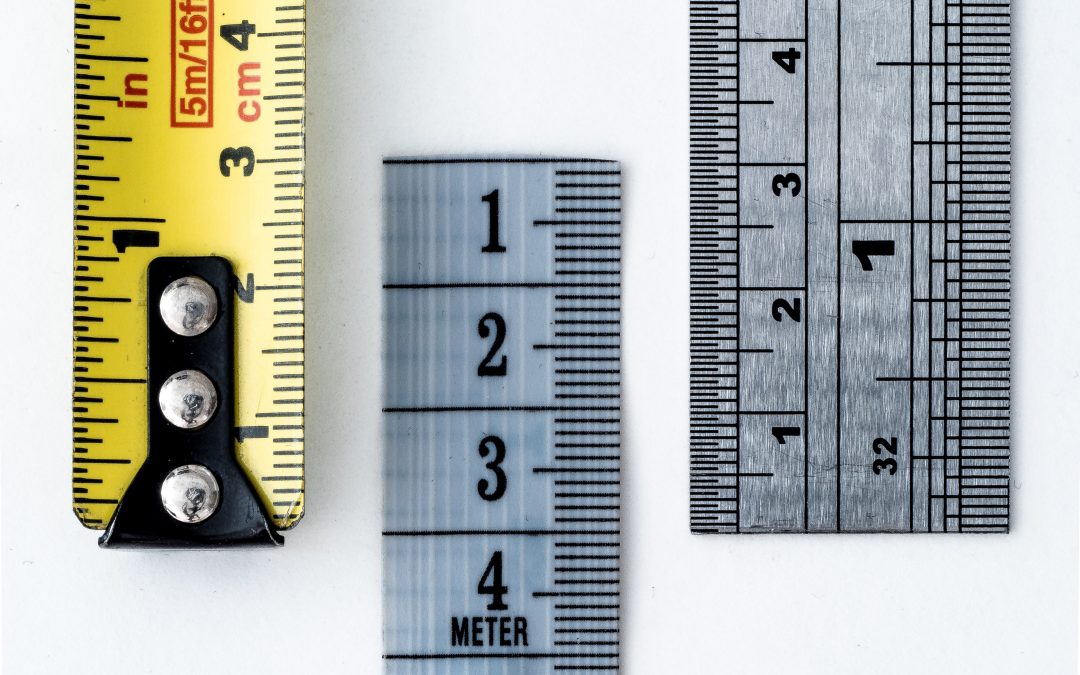How do you measure success?
They say change is inevitable, and whether you loathe it, fear it or embrace it, it is always coming – ready or not.
Gandhi told us to “be the change you want to see in the world” and Winston Churchill reminded us that “to improve is to change…”; but let’s not forget that we “…shouldn’t let the world change our smile” (unknown).
In our every day, we change our hair, our clothes and our minds on what we want for dinner. We change our jobs, where we live and the social media profile pics we put on display.
Some changes are easier than others. Some we expect and warmly welcome, while others are thrust upon us from left field.

When it comes to business, change is just as frequent a visitor. With technology and innovation constantly shifting the landscape, it can sometimes feel like an uphill battle to keep up.
Whether it’s a change in staff, introducing a different process or adopting new technology, change always has a significant impact on the bottom line of a business.
However, not embracing change at all can have just as a significant impact.
When we introduce change into a business with the goal of it having a positive impact, we often do so without an accurate idea of what that impact might look like. We become so focused on the solution that we leave ourselves unprepared to determine whether it was successful or not.
How do you know the change you have made was successful?
How are you measuring that success?
More importantly, are you using the right metrics the measure it?
Success metrics are not a ‘one size fits all’. Timing, industry, team and individual problems all create a significant influence on what success looks like.
However, success isn’t just a grand finale to look forward to.
It starts at the very beginning with an understanding of what currently goes on within your business. The magic of success comes with the measurement between the before and after. While you don’t need to be a wizard to create the magic, you do need to set a baseline to measure your success against.

What should you be looking at to set a baseline?
Time holds so many insights just waiting to be discovered. Identifying where time is spent, how tasks are completed and the areas that consume the most attention from your team paints a greater picture than conventional reporting can.
Inefficient processes, lack of tools or out of balance staff ratios can eat up more time than you realise leaving you feeling understaffed while keeping your team away from productive tasks and client care.
Understanding how time is truly spent provides the opportunity to prioritise where change needs to be implemented first.

Where are the most inefficient processes?
What consumes the most of my team’s time?
How are tools helping or hindering my team?
How many hours could be reclaimed for productive activities?
Your business hours are valuable to both you and your team. When you are paying for those hours, you should have a clear understanding of where those funds are being spent.
According to research from IDC, inefficiencies can cost a business between 20-30% of their annual revenue.
While the cost of implementing change can be daunting, learning how much it will cost if you don’t make that change can be even scarier!

When you have a clear understanding of where time is being spent, you can begin to calculate the cost it incurs. Attributing dollar amounts against time spent on tasks will allow you to uncover the true impact on your business.
Potential failings in staff ratios, rostering oversights and others areas of opportunity to improve will begin to reveal themselves. It may also uncover where potential revenue opportunities lay.
What are the labour costs spent on inefficient processes?
How much does it cost to have my team focused on tasks not conducive to their job role?
What is the return on investment?
Where can change improve revenue making opportunities?
Your team is your most valuable asset.
They know better than anyone what truly happens in the day to day of your business and can often provide the greatest insights on where problems may be occurring.
Yet, too often we overlook them as a source of information and don’t realise the impact a negative experience can have on how they view their roles.

Job satisfaction goes hand in hand with job performance and providing your team with a happy and positive environment, in a role they enjoy is paramount to promoting both.
When considering change, also consider how it affects them, their experience and the impact it has team culture.
How do my team currently feel about their role?
How does their experience differ after change is made?
What change do they think would help them the most?
How can I best engage my team to understand their concerns?
Change is always knocking on the door, but how you choose to embrace it is what makes the difference.
Your business is full of data and insights to empower you to achieve better business outcomes.
Understanding where time is being spent, how much inefficiencies can cost your business and the impact it has on your team’s experience in the workplace is the best way to set yourself up for success and measure it by the right metrics for your situation.






